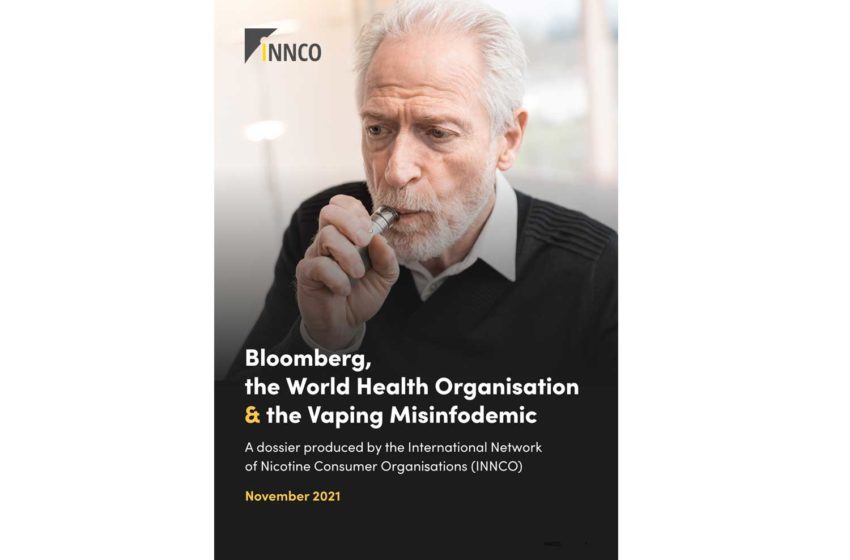It appears there’s another negative consequence of vaping that may not be true. Alongside bone damage, depression and smoke, vapers can add erectile dysfunction to list of medical maladies supported by faulty research, according to the American Council on Science and Health. Major media outlets have broadcast the results of the suspect study globally.

A major issue with the ED study is that participants were classified as current someday (“i.e., not every day or occasional”) or daily vapers, or smokers if they consumed cigarettes “every day or some days.” Beyond this self-reported information, the researchers didn’t know how much or which e-liquids the vapers in their study used, nor did they know how many cigarettes each smoker consumed.
“This is a common problem in vaping research: e-cigarette use is defined so broadly that there’s no way to establish a dose-response relationship between vaping and the health outcome in question,” Cameron English writes.
Men were similarly classified as having ED based on a 1-item question: “Many men experience problems with sexual intercourse. How would you describe your ability to get and keep an erection adequate for satisfactory intercourse?” As a result, the study may have erroneously identified participants as having ED who actually don’t or missed others with mild symptoms. The researchers summed up the problem with these data gaps towards the end of the paper, writing: “… the analyses were based on both self-reported covariate data, ENDS use status, and ED status, all of which are subject to misclassification, recall, and social desirability bias …”
The recent study, published in the American Journal of Preventive Medicine, found those who reported daily e-cig use were 2.2 times more likely to report having erectile dysfunction compared to men who had never vaped, regardless of their other risk factors. In a smaller sample of men younger than 65 with normal BMIs and no history of cardiovascular disease, the trend persisted: vapers were 2.4 times more likely to experience ED compared to non-vapers.
Additionally, another critical issue is that the study only provided a snapshot of people who reported vaping and experiencing ED. “There’s nothing wrong with this cross-sectional study design; it can help answer a number of important questions, but it’s not useful if you’re trying to assess the long-term risks of a given exposure, vaping in this case,” English states. “To highlight one potential issue, did the participants develop ED before they began vaping? If so, that means electronic cigarettes aren’t to blame, though this study can’t account for that possibility.”
The researchers also did not question whether other factors contribute to the frequency of ED reported in the present study, such as smoking combustible cigarettes. “Nevertheless, this study failed to detect an association between cigarette smoking and ED, also when accounting for current daily smoking versus nondaily smoking (data not shown),” the researchers wrote.
However, nicotine has long been called a factor in erectile disfunction. Men who smoked more than 20 cigarettes daily had a 60 percent higher risk of erectile dysfunction, compared to men who never smoked, according to the American Heart Association (AHA). Smoking, according to the AHA, and erectile dysfunction have often been associated — individually — with plaque build-up in the arteries, called atherosclerosis.























